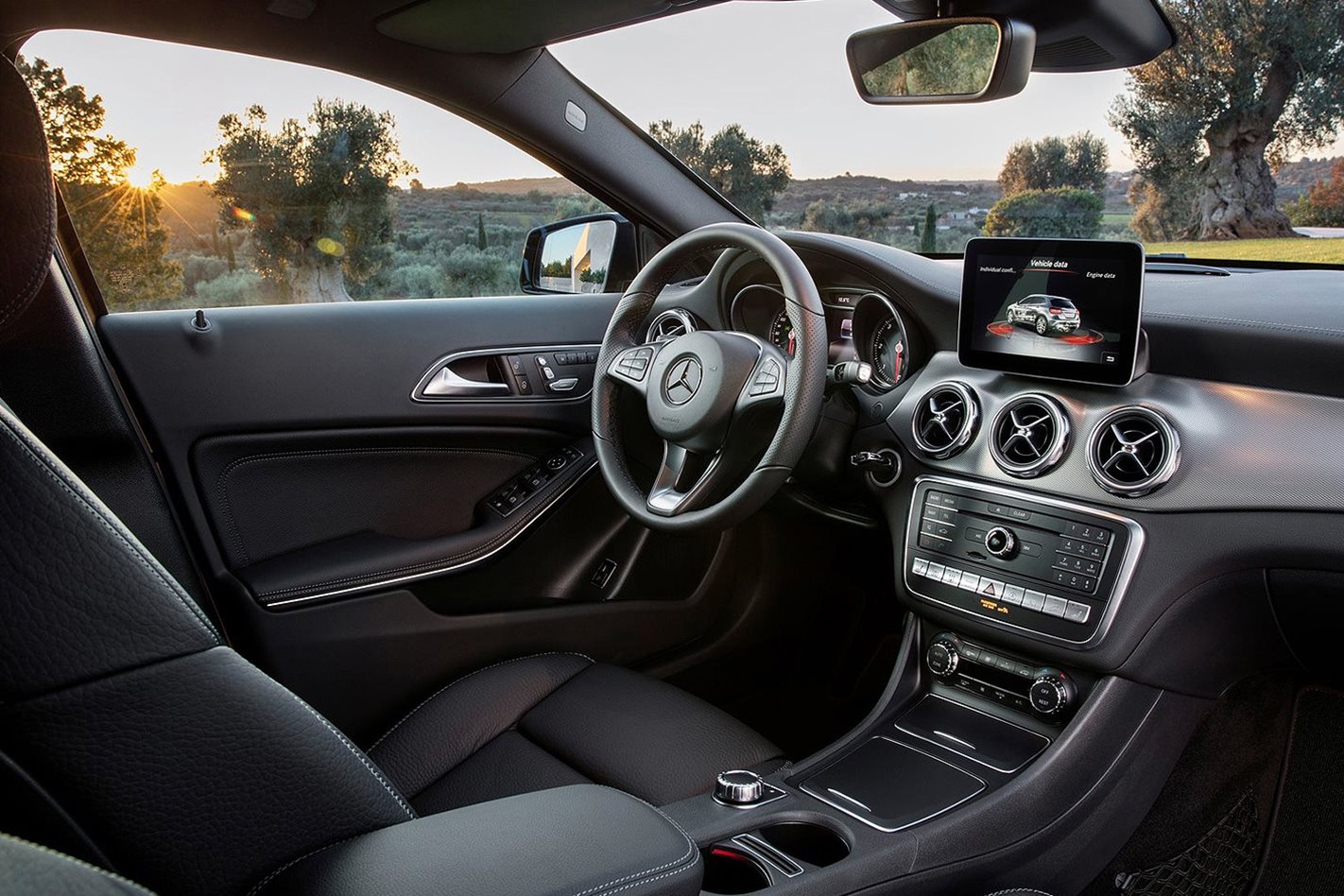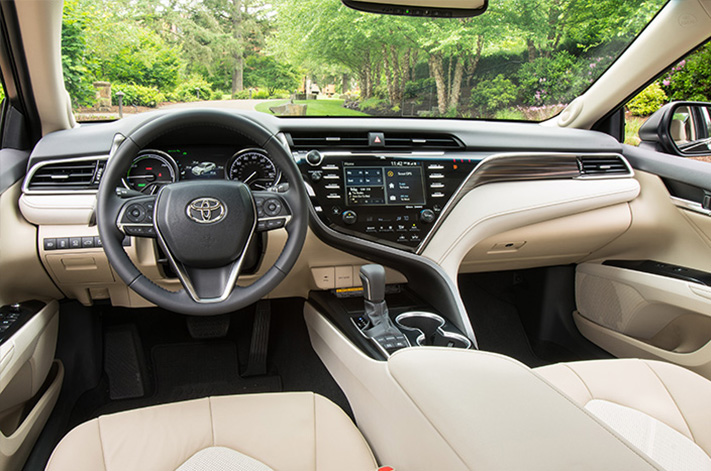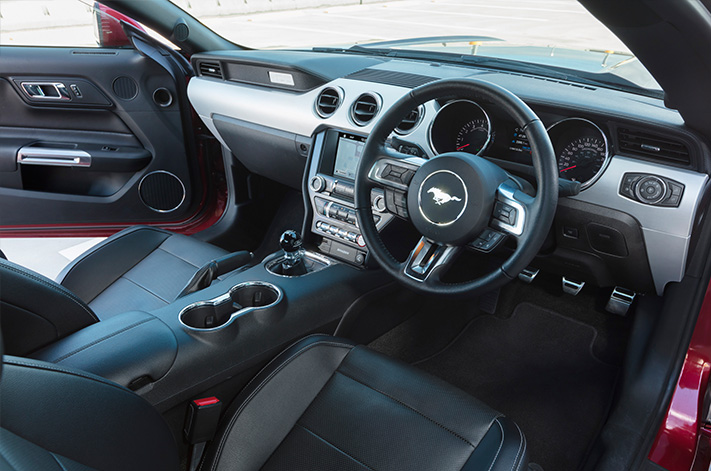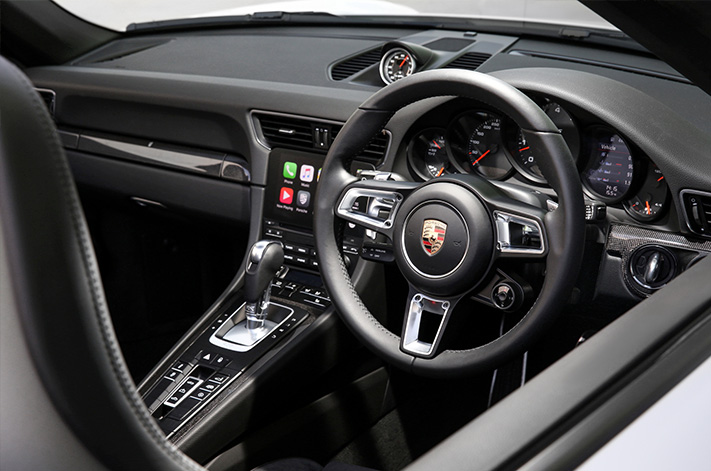
Electric power steering systems have just about completely replaced conventional hydraulic ones in today’s cars.
From everyday cars such as the Suzuki Swift to the sports car icon that is the Porsche 911, it is technology that is fast relegating hydraulic systems to the history books.
But what is it that car makers see in electric power steering systems, and why does it matter for the cars of tomorrow?

What is it and how does it work?
Where hydraulic power steering systems used pressurised fluid divided between two chambers in the steering gear’s cavity to provide steering assistance, most electric setups use an electric motor mounted to the side of the steering rack that drives a ball-screw mechanism that engages a spiral cut in the outside of the steering rack.
A torque sensor connected to the steering shaft controls a computer that then tells this mechanism when to engage and provide steering assistance.
The pros
In most cases, electric power steering is a lot lighter to use than old-school hydraulic systems, meaning less muscle is needed to turn the wheel.
This positive trait will generally make itself clear at low speeds, such as during parking manoeuvres.
That said, some cars with hydraulic power steering were fitted with variable-assist systems in the aim to achieve this same result.

Electric systems provide an advantage in regards to physical weight, too, as their far more simple setups reduce the weight over the front axle.
Another positive of electric setups is ever-so-slightly increased fuel economy.
This is because hydraulic systems operate via a belt-driven pump to move the hydraulic fluid in the steering gear. This puts extra load on the engine, something electric setups do far less.
When it comes to performance cars, electric power steering allows for more adjustability of the steering, with the possibility of employing, for example, a Sport mode to make the steering feel heavier and a Comfort mode to make it feel lighter around town.
The cons
The main disadvantage that comes from employing an electric system – and one that will mainly be an issue to driving purists – is the reduced steering feel.
As the mechanical connection to the steering rack is muted, less feedback from the road is translated to the driver through the steering wheel, although this hasn’t stopped some manufacturers from creating systems that convey artificial feedback.
Electric power steering can also be less predictable than hydraulic power steering when the system has been poorly calibrated, leading to some electric setups feeling less linear than hydraulic systems.

Why does it matter?
For what it can lack in regards to steering feel, electric power steering is attractive to carmakers due to the fuel and weight savings they present.
However, these systems are necessary for enhancing the autonomous technologies that are being introduced into today’s cars.
From radar-guided parking to the semi-autonomous driving modes currently on display in early forms of some high-end cars, electric power steering is necessary for all as the car’s computer needs to be able to operate the steering itself in order to perform these operations.

As well as automatically steering a car into a parking space, future applications include steering the car in the last instant before a crash to ensure the protective cell offers maximum protection.
More importantly, in the future where fully autonomous cars ply the roads, it allows car makers to remove the steering wheel altogether.



